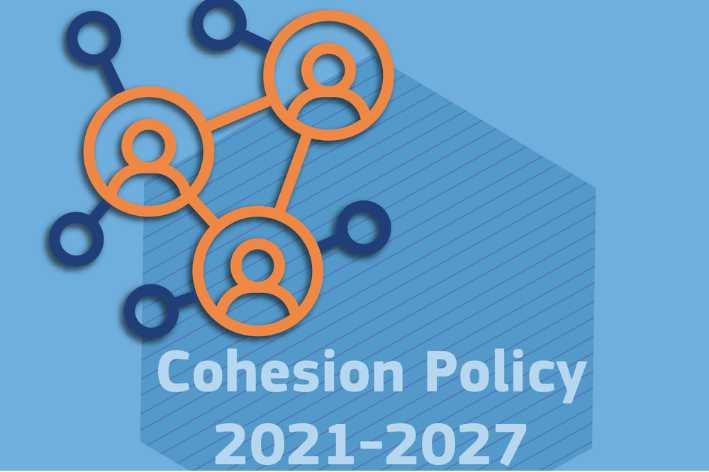As Murcia is hosting an informal ministerial meeting to discuss Cohesion Policy after 2027, the so-called Cohesion 2.0, on 28-29 September, the European Committee of the Regions (CoR) has come up with concrete requests to be tabled in the informal meeting called by the Spanish Presidency of the Council of the EU.
According to the co-rapporteur on the future of Cohesion Policy post-2027 Vasco Alves Cordeiro, “the available funds of the 2021-2027 programming are still far from being spent”. This could be explained by the creation of the Recovery and Resilience Facility as an alternative EU investment policy, the late adoption of the EU budget 2021-2027 and the disruptions caused by the Covid-19 pandemic.
Yet, these issues shall be addressed, and territorial cohesion should be strengthened in order to ensure that the cities and regions across the EU are going to have a smooth green and digital transition. This way, “a divide between frontrunner regions and those vulnerable to the external shocks of our globally connected internal market” would be avoided according to Cordeiro.
Co-rapporteur Emil Boc, on the other hand, underlined the need to safeguard the founding principles of the cohesion policy, such as partnership principle and territorial approach, while ensuring that the “do not harm to cohesion” principle is applied “to all EU policies so that they support the objectives of social, economic and territorial cohesion”.
The draft opinion co-authored by Vasco Alves Cordeiro (Member of the Parliament of the Autonomous Region of the Azores) and Emil Boc (Mayor of Cluj-Napoca) was discussed during the 20th meeting of the Commission for Territorial Cohesion Policy and Budget (COTER) at the European Committee of Regions on 26 September 2023. It emphasised that the Covid-19 pandemic, climate change and the Russian war against Ukraine have created new inequalities and aggravated existing structural vulnerabilities, adding that a reformed cohesion policy must tackle emerging inequalities, be simpler and firmly rooted in EU territories while eliminating the current macro-economic conditionality and creating a new emergency mechanism.
One of the concrete suggestions of the draft report includes the European Partnership Pact, which would make it easier for beneficiaries to manage the funds. Other key political requests are the eligibility of all European regions for funding in the future and the creation of a mechanism for the flexible use of funds in the event of exceptional crises. The draft opinion is scheduled to be voted at the plenary session of the European Committee of the Regions on 29-30 November.
The CoR is also expected to publish its EU Annual Report on the State of Regions and Cities, showcasing the most pressing challenges faced by regions and cities across Europe while proposing on-the-ground solutions for policymakers.
In a crucial vote on “Boosting cross-border cooperation”, the members of the COTER Commission called for an increase of funding for Interreg programmes that are crucial to build trust and develop expertise and joint projects in EU neighbouring countries.
COTER members also held a first debate on the Multiannual Financial Framework 2021-2027 agreeing to develop mechanisms for unforeseen needs without harming the long-term goals of the cohesion policy. They also highlighted that the Strategic Technologies for Europe Platform (STEP) proposal could lead to a concentration of funding and critical technologies in some regions and Member States, thus contradicting the “do not harm to cohesion” principle.
